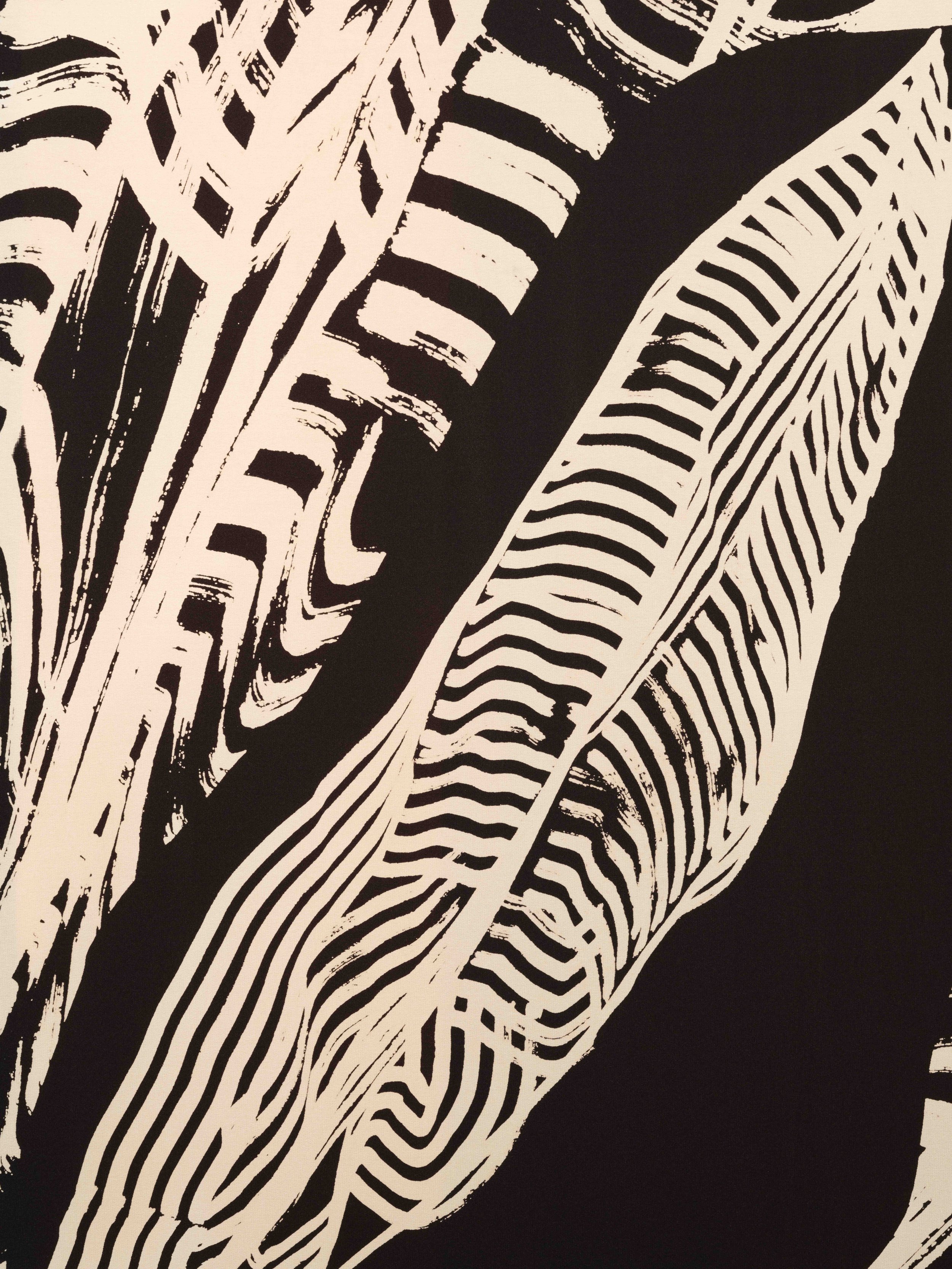
HES & Craft Scotland : Designer In Residence
Zephyr worked with HES and Craft Scotland during the pandemic on an initial collaborative project that laid the foundations for Making History. Tasked with researching the town of Arbroath and its Abbey, the travel restrictions in place at the time meant that Zephyr’s research was conducted entirely through HES’s extensive online databases, in particular Scran and Canmore, alongside personal archives and memories of growing up in Angus.
Struck by the ghost-like quality of textiles within the archive and identifiable gaps in the recording and interpretation of history (especially as it pertains to the complexities of women’s, and otherwise marginalised, lives), Zephyr took a hauntological approach to exploring the archive and developing this new body of work. Often using collage, Zephyr used this method to work with these ‘ghosts’, drawing a thread through items with limited context and her own childhood experiences of Angus, to create layered works that point towards the persistent past.
Zephyr focused on the town’s workwear, specifically that of the fishwives, who would wear a particular type of basket, known as a ‘rip', across the chest and upper arms. Reminiscent of being a teenager in Arbroath, walking home wearing a school bag strapped around her forehead, Zephyr has created a rip that references these layered histories that shape the material culture of the area. While initially researching the Declaration of Arbroath, the independent spirit of these industrious women inspired Zephyr to dive deeper into this legacy of independence. Through the repetitive making processes involved - drawing, printmaking and weaving - this interpretation of a rip evokes the repetitive tasks of the fishwives and the returning motifs and cultural elements found in the archival images that have built the Angus fishwife into a figure akin to a local archetype.
Considering the reverence given to significant architectural sites such as Arbroath Abbey alongside the challenges of preserving textiles - and in turn the influence this then has on whose histories are archived - Zephyr created a room divider in order to display textile within an architectural form. The hand printed fabrics speak to fragments found within the archive, images of mostly unnamed women, alongside architectural sites interpreted initially in hand drawn images and collage. The textiles have been through various processes of screen printing and construction, layering these references to create an assemblage that connects legacies of independence across place, generation and gender.

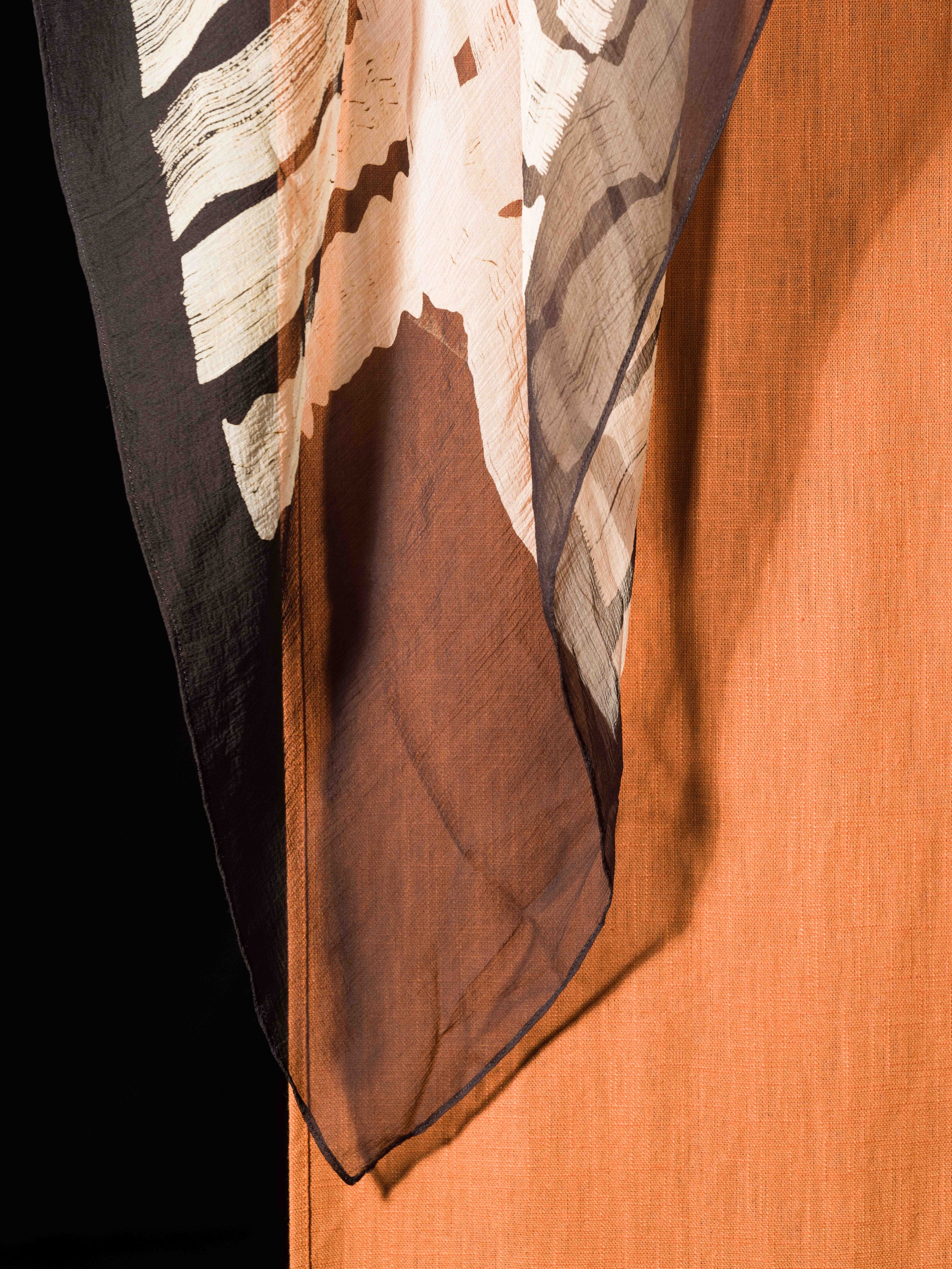
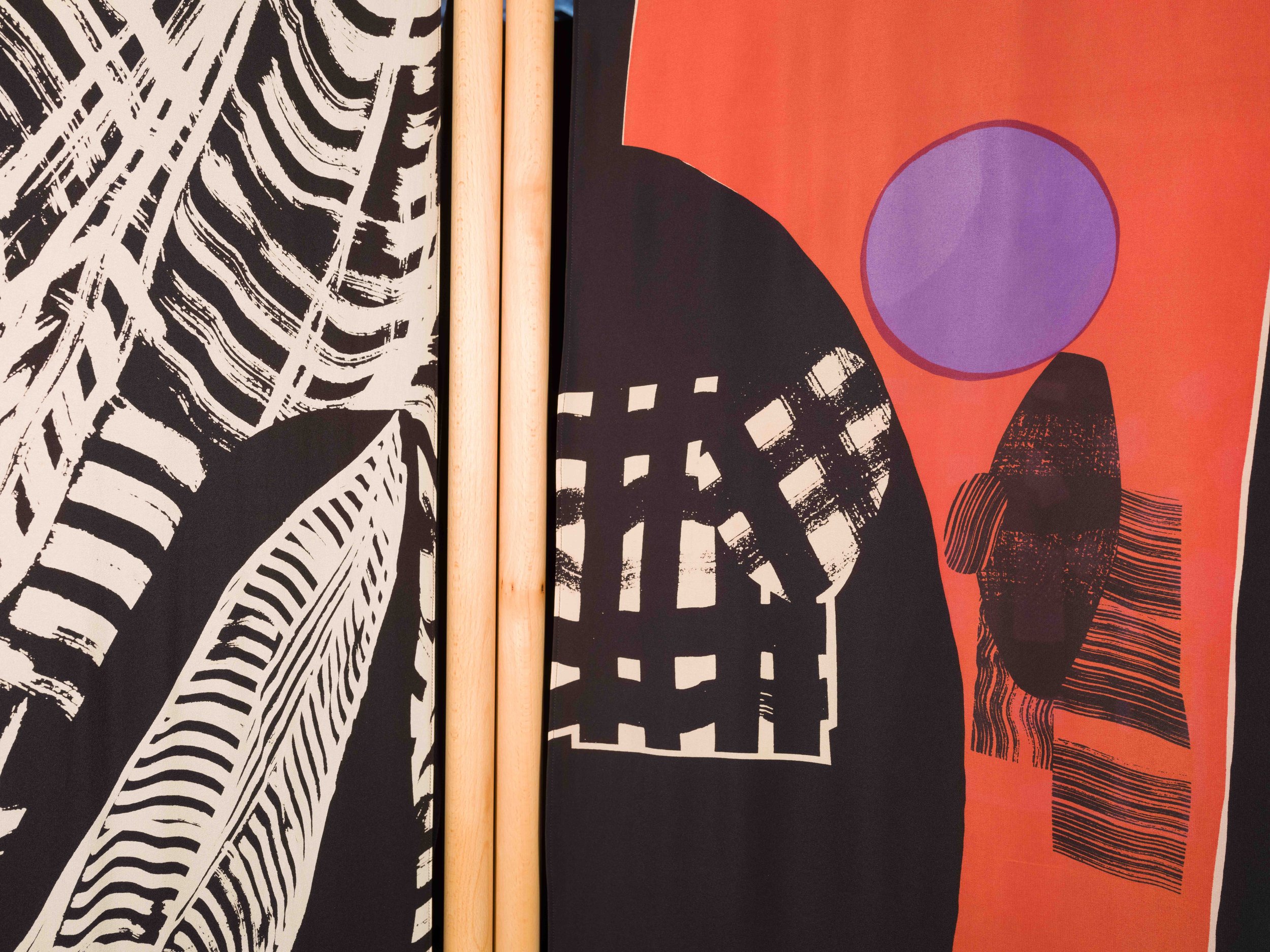
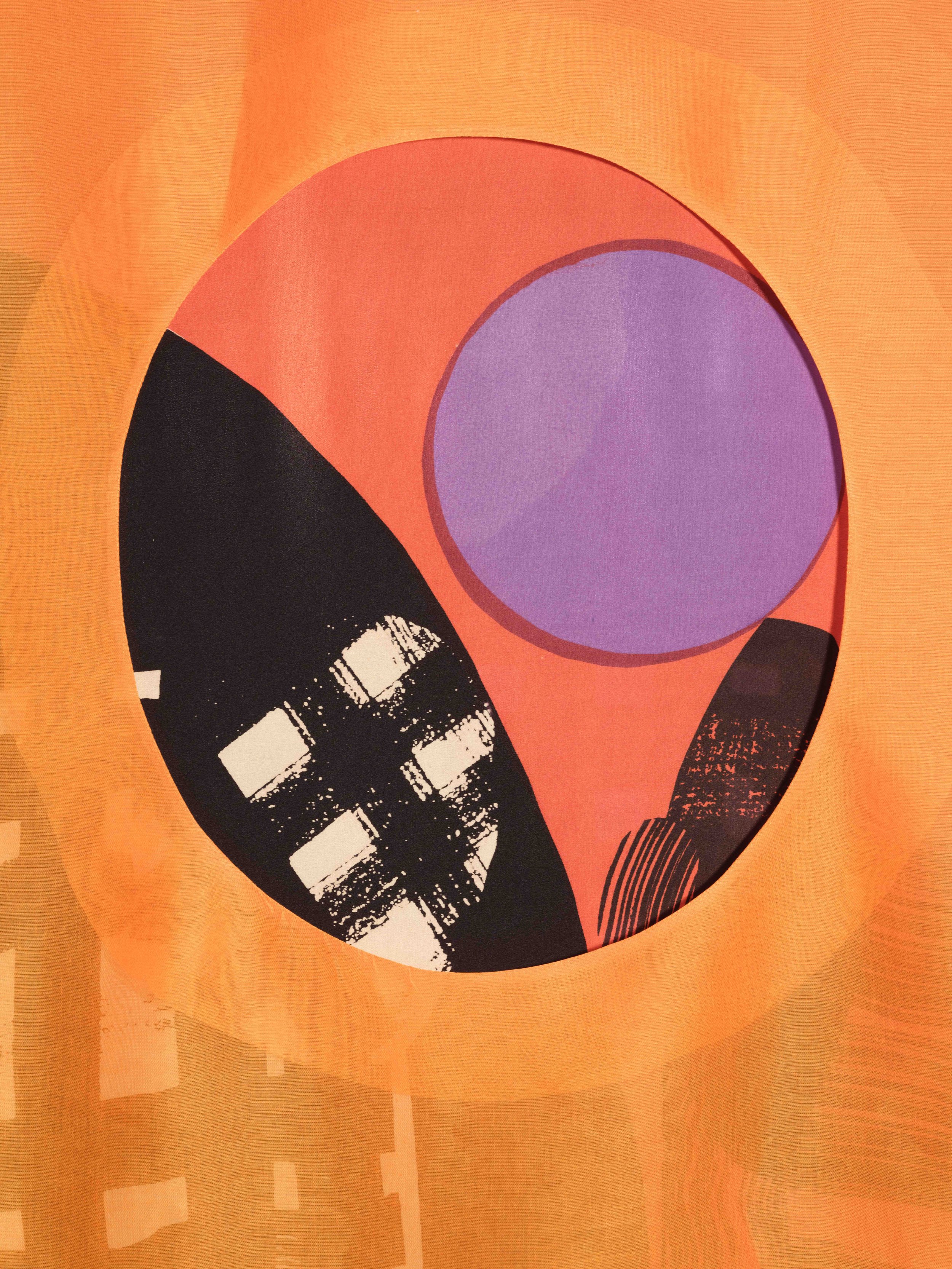
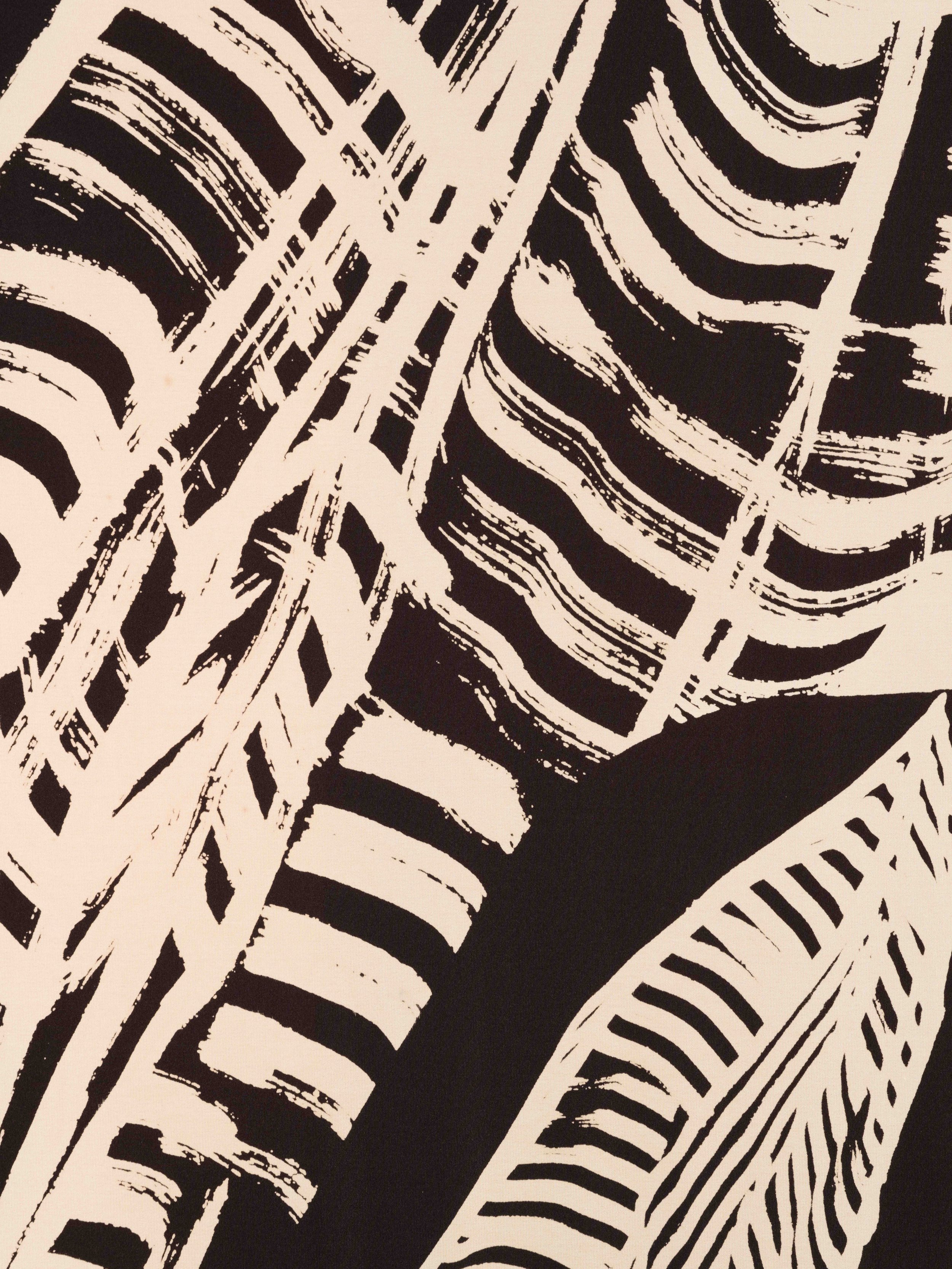
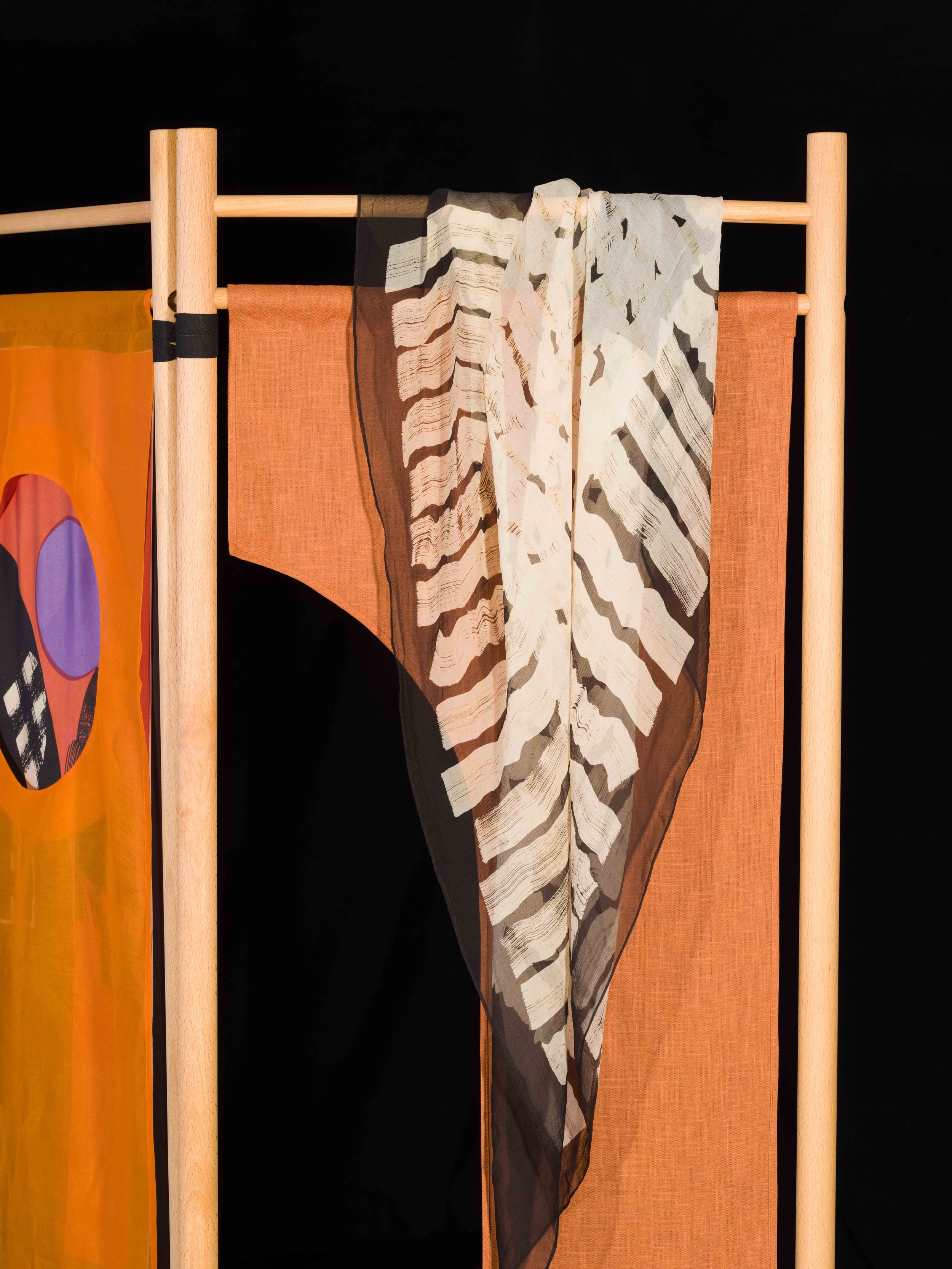
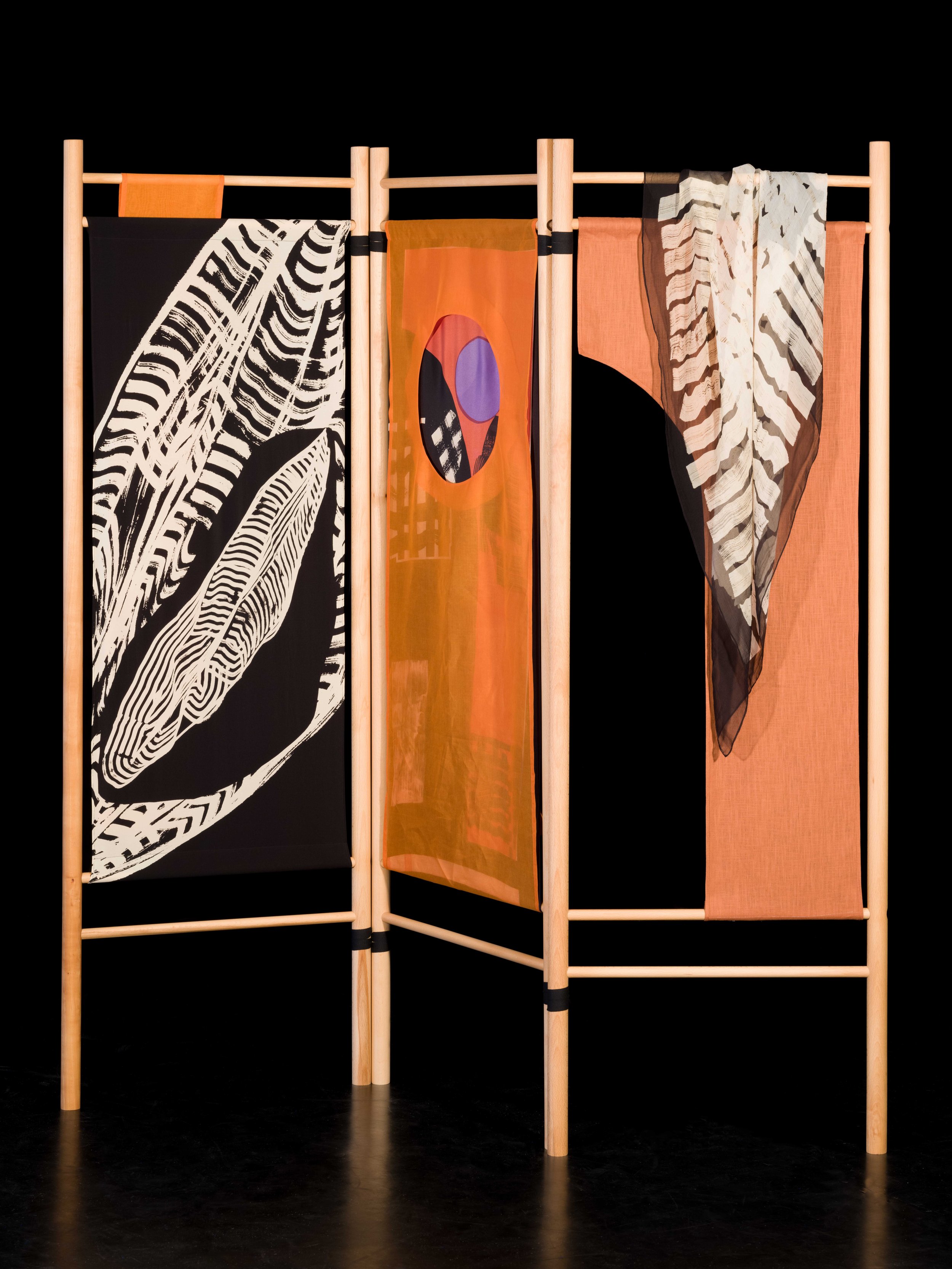
With Thanks to; Craft Scotland & HES, Andrew James, Ben Ashton, Emily Smit-Dicks, Joanna Kinnersly-Taylor, Martha Williams, Panel, Tanwen Llewelyn
